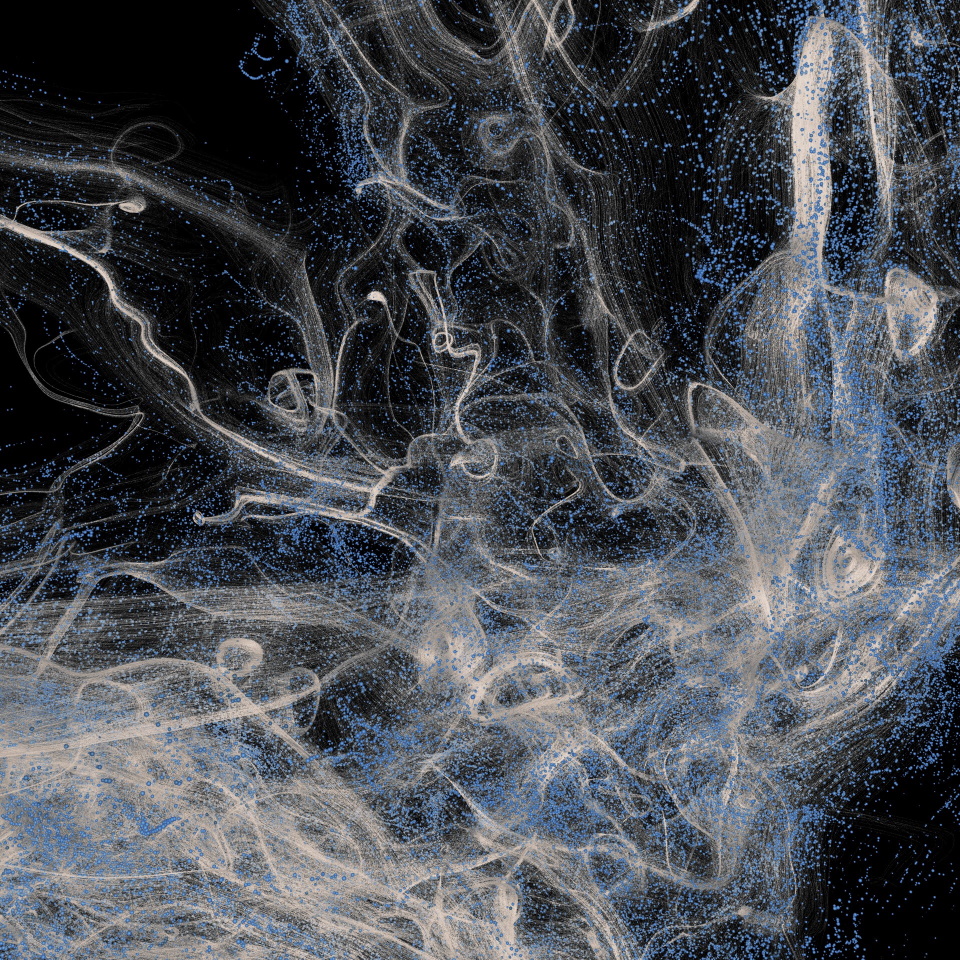Start of online course ‘Inside Out: 10 STEAM Evenings’
We are beginning our online STEAM course Inside Out: 10 STEAM Evenings – an interdisciplinary exploration of digital medicine and the human body as part of the artist residency STEAM Imaging, jointly hosted with Ars Electronica in Linz, Austria, in collaboration with the International Fraunhofer Talent School and the School Center Walle Bremen, and UCLA ArtSci Center, Los Angeles, USA.
On the 28th of October, the STEAM online course over ten evenings starts as an integral part of our artist residency program, STEAM Imaging, with an opening lecture by Prof. Victoria Vesna, media artist and experimental researcher on Art-Science Collaboration: Being in Between.
In five themed evenings, school students, artists and scientists, – such as medical students, researchers, animation producers, clinicians and draughtsmen, – throw light on topics around digital medicine from their various perspectives.
The themed evenings range from topics such as Back to the Bones: The Human Skeleton or What Keeps us Together? to questions around What gets lost in the Digital World? and Analog and Digital Simulations for the Body. They are interwoven with three virtual excursions: to the Institute’s MR Laboratory, to the Ars Electronica Center, and to UCLA CNSI California NanoSystems Institute ArtSci Center, each with a Q&A session.
An entire evening is dedicated to the artist in residence Eli Joteva and her artwork IntraBeing, to discuss and learn more about her approach to digital medicine and the school students’ thoughts, questions, artistic ideas, and concepts.
The aspiration for this transdisciplinary course is not limited to the ten online evenings but is connected to classroom teaching at the SZ Walle. Art and humanities are influential, critical voices to describe the effects of technology on humans and society and should be considered in technological developments at an early stage. These conversations and collaborations can enhance contrasts to make tech development’s underlying movements visible and contribute to new solutions. The artwork and the STEAM course can function as an experimental framework to open up digital medicine and the underlying STEM sciences and, in addition, to foster critical discussion about the desired impacts of digital medicine and possible unwanted side effects. In these evenings school, students will, together with real artists, scientists, radiologists, and researchers, attempt to adopt their viewpoint and explore topics together with them and work with methods and practices from professional life.
 Fraunhofer Institute for Digital Medicine MEVIS
Fraunhofer Institute for Digital Medicine MEVIS